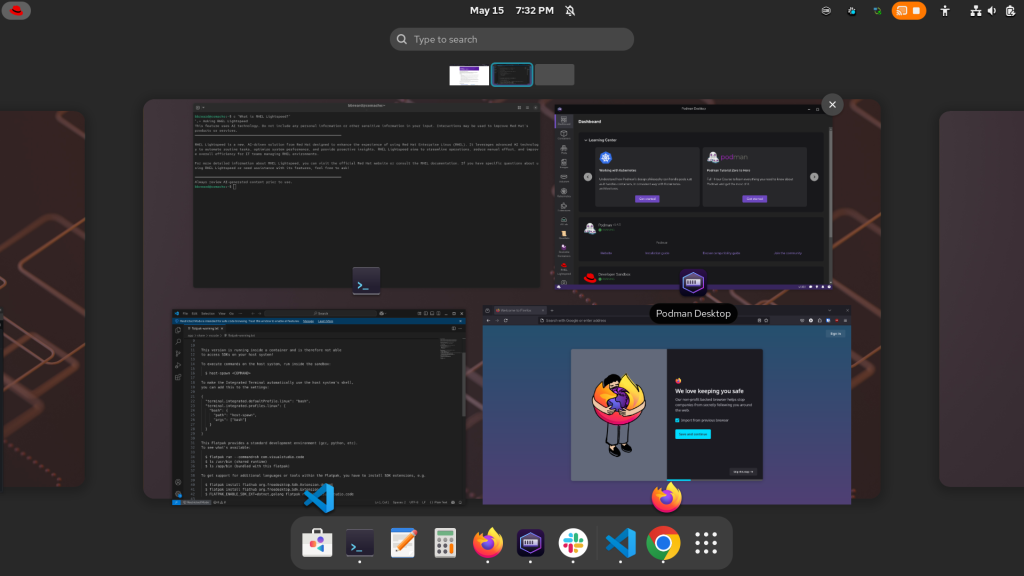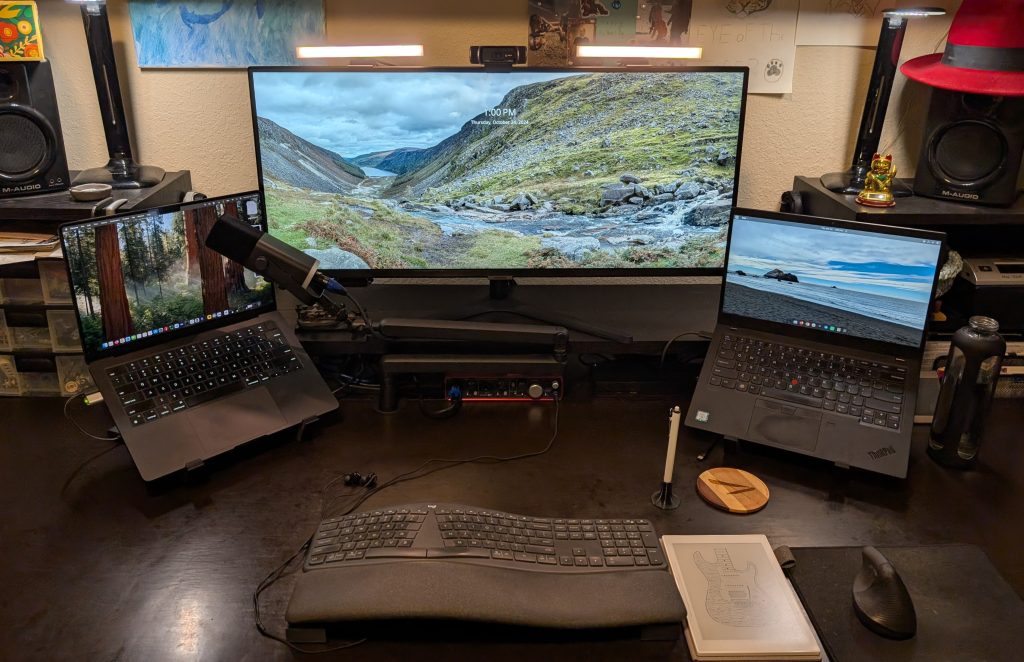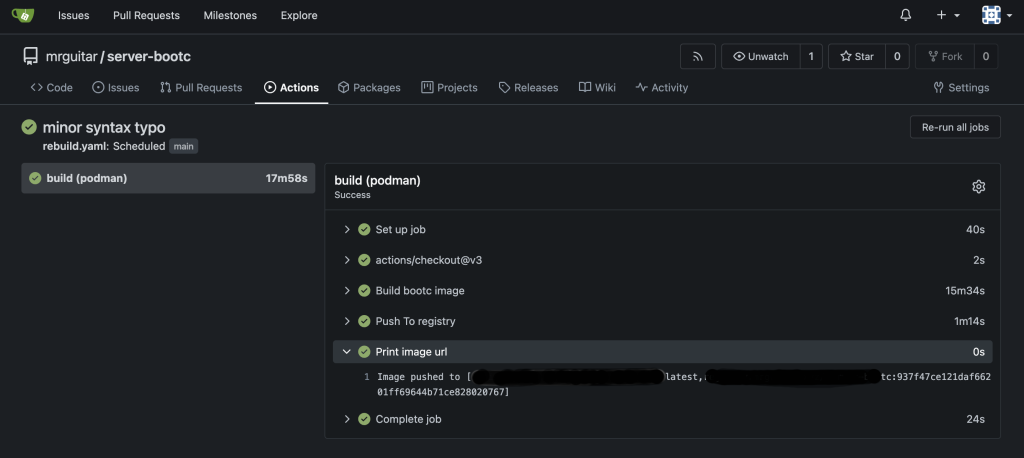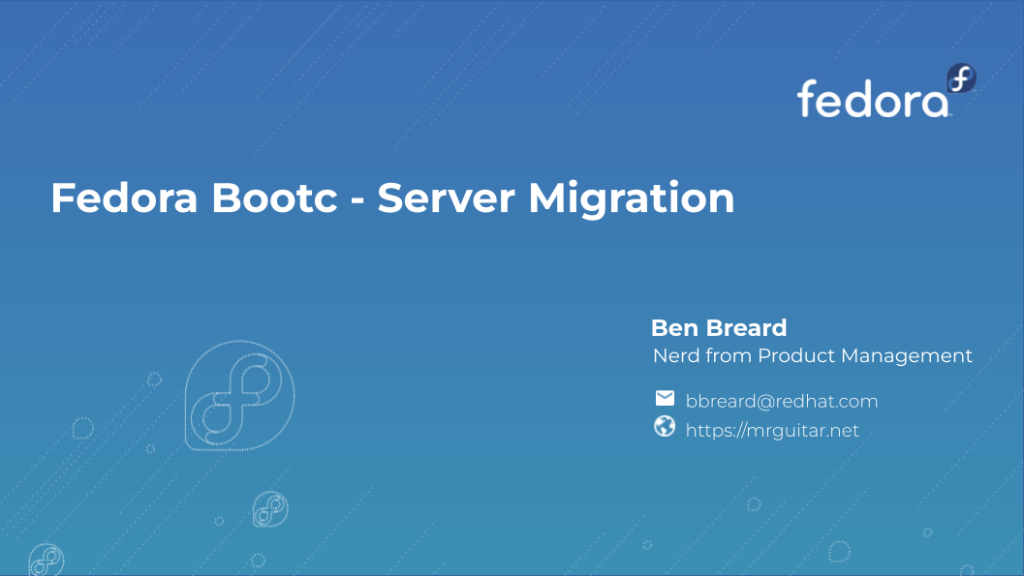WooHoo! RHEL 10 is here and it’s time to get moving with an image mode setup for Red Hat Summit!

Last week a buddy at work got a new laptop and wanted to install RHEL 10 using image mode. I thought to myself, “that’s great idea, why haven’t I already done this?” I really like using Fedora and getting exposed to the latest and greatest open source tech, but I also really value the stability and curation that happens with RHEL. Since virtually all of the applications I use are on flatpak, and any “fedora-ish” things I need are available via containers, why not have a bullet-proof OS using image mode?!
Continue reading “RHEL 10 on my Laptop with image mode”




